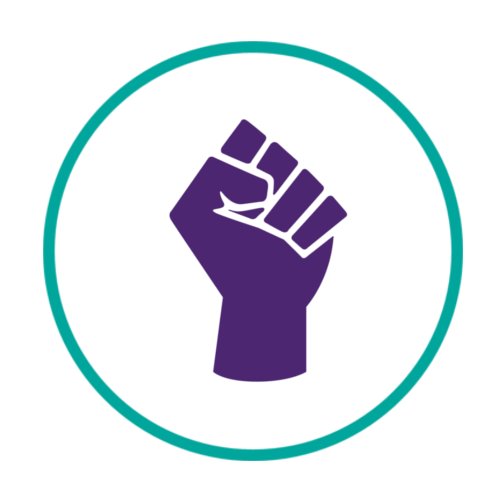During this COVID-19 pandemic, the global education system is in the process of transformation. Institutions are now taking advantage of online tools in lieu of human interaction inside the classroom. Many have attended webinars where lecturers and educational institutions utilize various online portals and applications to provide information and instruction. Adapting to these new technologies is especially challenging for teachers and learners.
Various preventive actions to avoid exposure and prevent the spread of the virus have been undertaken in educational institutions. As we come closer to the start of another school year for medical institutions, a number of measures have been pushed to prevent infection. In hospital centers where there are medical students, these include avoiding close contact with sick people, staying home when sick, practicing proper coughing and sneezing etiquette, frequent cleaning and disinfecting of frequently touched objects and surfaces, and practicing proper hand washing.
I have also started to migrate to more online instructional methods recently to reach out to my medical students. However, there are some challenges that I need to face in this so-called “New Normal”. What are the adjustments that medical faculty and students will have to make in order to deliver medical instruction? Let us enumerate the issues using the acronym VIRUS.
1. Variable internet connection. Internet speeds are not the same in all areas, and the speed subscription may also be different for each household. That is why we must be sensitive to those who may not have fast connections. It is important to be flexible and understanding.
2. Insufficient clinical exposure. No matter how good an instructional video on how to conduct a physical examination is, nothing beats the examination of a real patient face to face. It is thus a legitimate concern to think that students may acquire the necessary skills to make an accurate physical diagnosis.
3. Reduced attitudinal assessment. Even before the pandemic, it was difficult to measure attitude. Now, there is the added challenge of making an attitudinal assessment online. Will it simply be based on being on time and showing up? How about the ability to handle stress – can it be done remotely? This is where the creativity and intuition of the instructor will be tested.
4. Understanding the lesson. It can be harder to understand the professor outside the classroom. There could be more distractions at home. It would be a challenge to keep a student’s focus even for just a few minutes. This may reduce the ability for in-depth understanding.
5. Study habits. If you are not disciplined enough, it is more difficult to establish a routine at home. Sleeping times can be altered. There is a tendency to turn day into night and vice versa. One may also have reduced physical activity, which leads to weight gain.
All these issues must be addressed if we want our students to continue learning while observing quarantine rules. It would also be a good idea to do research and to evaluate learning outcomes during these times. The quality of education during these times may come in handy for future pandemics when our students will become our health care workers.






